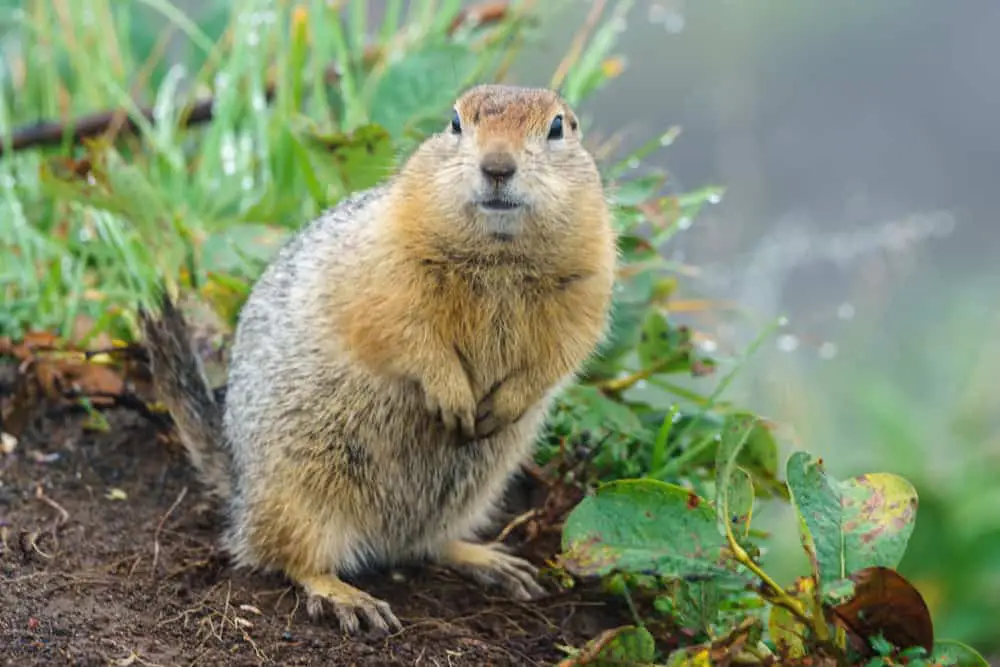
Found throughout North America and Central America, Gophers are a member of the order Rodentia. There are at least 35 distinct species, of which 13 live in the United States.
Gophers are often found in pastures, gardens, savannas, and forests. They prefer to live alone underground.
A single gopher’s burrow may extend as far as 600 square meters. The network includes designated living areas and many subterranean passageways.
They are recognizable by their round, rat-like shape and hairless tails. Weighing in at one and two pounds, a gopher stands about eight inches tall.
Gophers exclusively eat vegetation. They forage at night, seeking out plants, roots, and certain types of vegetables.
The plants they forage are stored inside cheek pockets that are lined with fur. This has earned them the nickname “pocket gophers.”
Table of Contents
- Blesmols
- Pacas
- Groundhogs
- Prairie Dogs
- Tuco-tucos
- Chipmunks
- Porcupines
- Lemmings
- Beavers
- Capybaras
- Chinchillas
- Gundis
- Hutias
- Pacaranas
- Voles
- Coypus
Blesmols
Blesmols are a type of rodent found only in the contentment of Africa. Their habitat range is south of the Sahara desert. They are called Mole Rats because they look very similar to moles.
The largest species is the Dune Blesmole, which grows up to 13 inches long and weighs four pounds. They have long, cylindrical bodies with short limbs and long front teeth.
Like gophers, blesmoles live underground and create intricate tunnel systems. They are also herbivores, foraging for roots and plants. Most species are solitary and live alone.
Unlike gophers, blesmoles dig with their teeth and use their feet to kick dirt out of tunnels. Two species live in large colonies of up to 300 other individuals.
Pacas
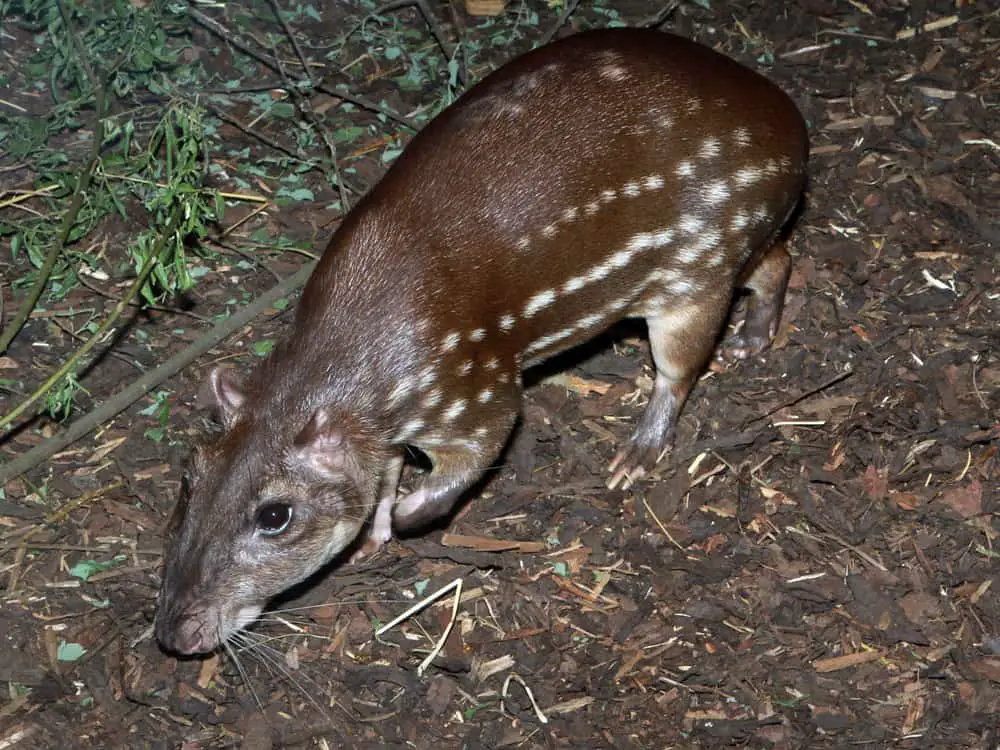
Pacas are herbivorous rodents found in South America and Central America. They prefer the tropical climate found in rain forests and water forests.
As the sixth-largest member of the order Rodentia, pacas grow up to 30 inches in length and can weigh as much as 30 pounds.
Pacas resemble pigs, with long, stocky bodies and short slender legs. They are brown with distinctive white stripes on their sides.
They favor living underground in burrows similar to the ones built by gophers, only not as extensive. They have one litter of pups per year, on average.
Pacas are partial to water and, unlike the land-loving gopher, swim quite well. They also breed in water and build their burrows along river and stream banks.
Groundhogs
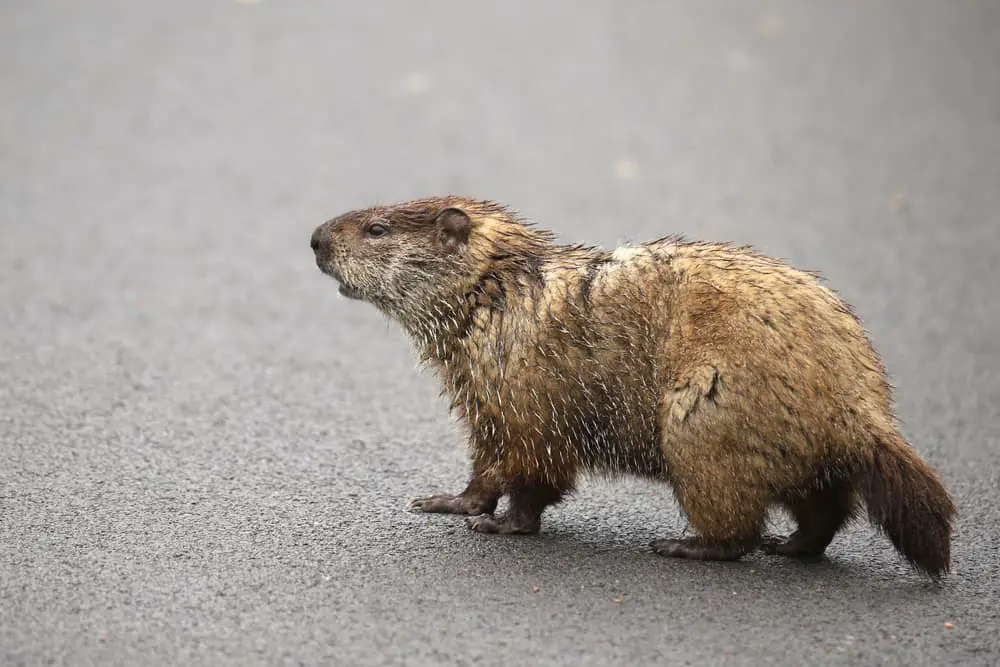
Although people often confuse groundhogs with gophers, they are actually marmots. They are found in lowland forests and open fields throughout North America.
Groundhogs grow to be sixteen to twenty-seven inches long and weigh as much as 14 pounds. Other names for them include woodchuck and whistle pig.
Their round, dense bodies are covered in brown fur. They have two upper and two lower incisors that protrude from their mouth, giving them somewhat of a buck-toothed appearance.
Groundhogs burrow in open fields, along fences, and close to walls. Their dens average 3 feet in-depth and can be as long as 24 feet long. Like gophers, they build separate chambers for nesting and fecal waste.
Unlike the asocial gopher, groundhogs are extremely social. They communicate with each other and share tasks. They also build separate burrows for winter hibernation.
Prairie Dogs
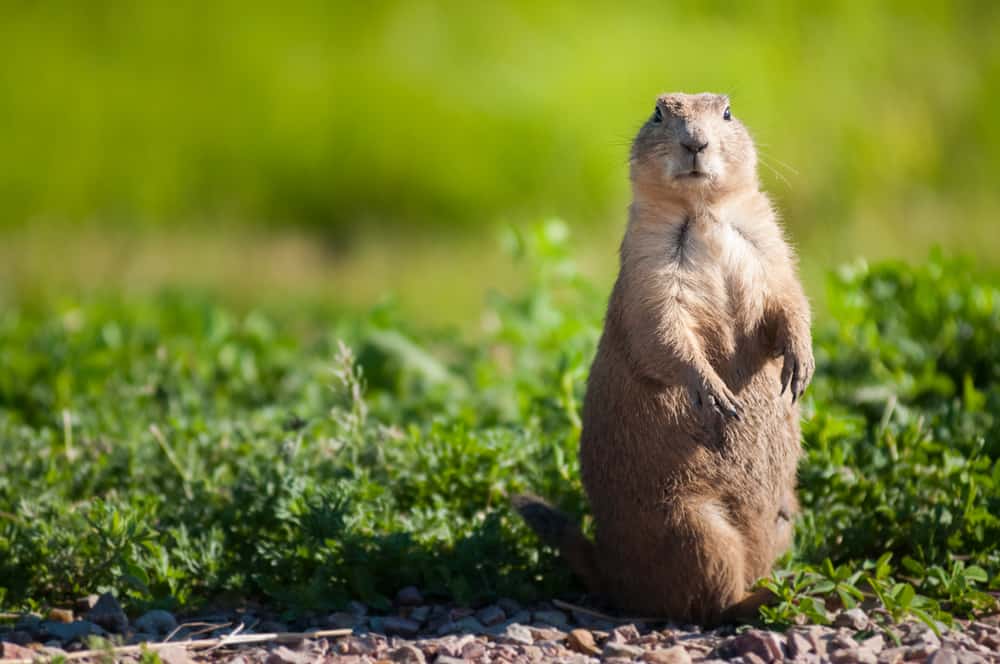
Prairie dogs inhabit the area east of the Rocky Mountains. They prefer the arid, flat land found in the valleys and grasslands of Utah, Colorado, New Mexico, and Arizona.
Physically, they look very similar to gophers. The average weight is around one or two pounds. Most species are uniformly covered in brown fur but some have black tails.
Prairie dogs share the gopher’s affinity for building underground tunnels. The average span of underground passageways ranges between 16 to 33 feet long. They also build separate chambers that serve different purposes, like gophers.
Prairie dogs are much more social than gophers, living in large family groups that may span hundreds of acres. Within each group, there is only one fertile male and up to four fertile females.
Tuco-tucos
Tuco-tucos are called pocket gophers because they bear a striking resemblance to North American gophers. They are found in Bolivia. Paraguay and Argentina at altitudes of 250 meters.
Head to tail, they average about 15 inches long. Their bodies are covered in light brown fur and they possess a distinctive black stripe along their spine.
They have the same burrowing habits as gophers and dig extensively. Vegetation is stored in cheek pouches, which is later deposited into a storage chamber.
Although Tuco-tucos share many traits with gophers, they are a different taxonomic genus. Their lifespan is shorter, with most dying before three years of age.
Chipmunks
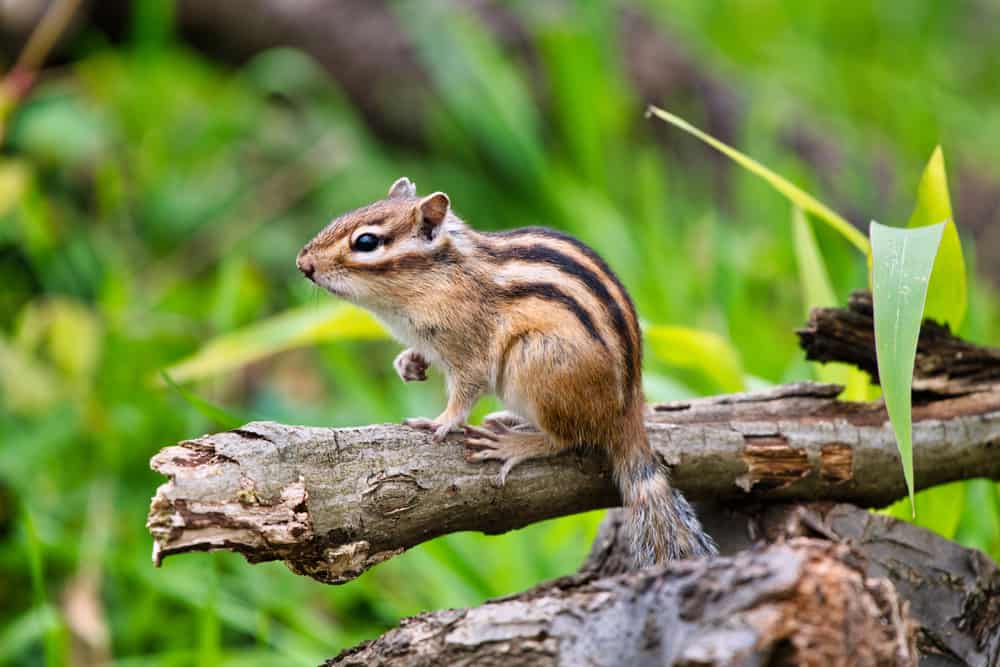
Like groundhogs, chipmunks belong to the family Sciuridae. They are small, colorful ground squirrels with light brown fur. Black and white stripes run the length of their bodies.
Almost all species of chipmunk are found in North America. They prefer forest habitats with plenty of rocks, logs, and vegetation for cover.
They, like gophers, burrow underground and are solitary creatures. The only time they interact with other chipmunks is during the breeding season. They also possess cheek pouches used to store and transport food.
Their diet vastly differs from gophers in that they prefer to eat seeds and nuts. Chipmunks are omnivores and dig much smaller tunnels than gophers.
Porcupines
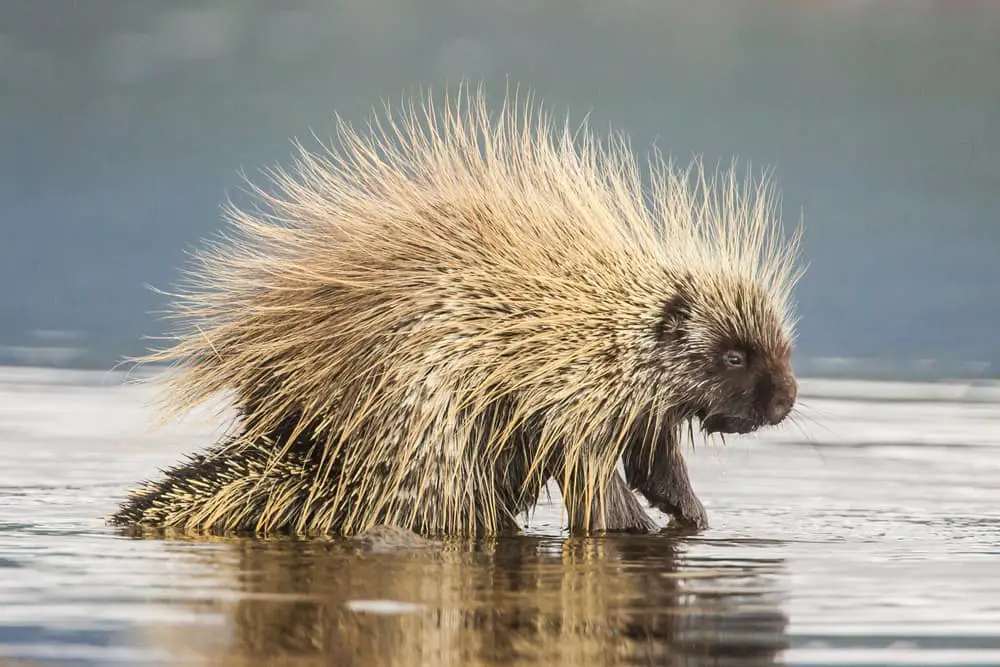
Porcupines are diverse animals belonging to two separate taxonomic families: Hystricidae and Erethizontidae. Hystricidae is an old-world porcupine and lives throughout Europe and Africa.
Erethizontidae are new world porcupines and live in North America. They have round bodies covered in sharp quills. When threatened, they roll into a ball and deploy their quills in defense.
Porcupines share the gopher’s nocturnal habits. They are also herbivores, thriving on green plants. Like the gopher, they live alone.
While they do dig burrows, they are not as massive as those of gophers are. Porcupines will live in natural caves and hollow logs as well. Their lifespan is considerably longer, with the average being 27 years.
Lemmings
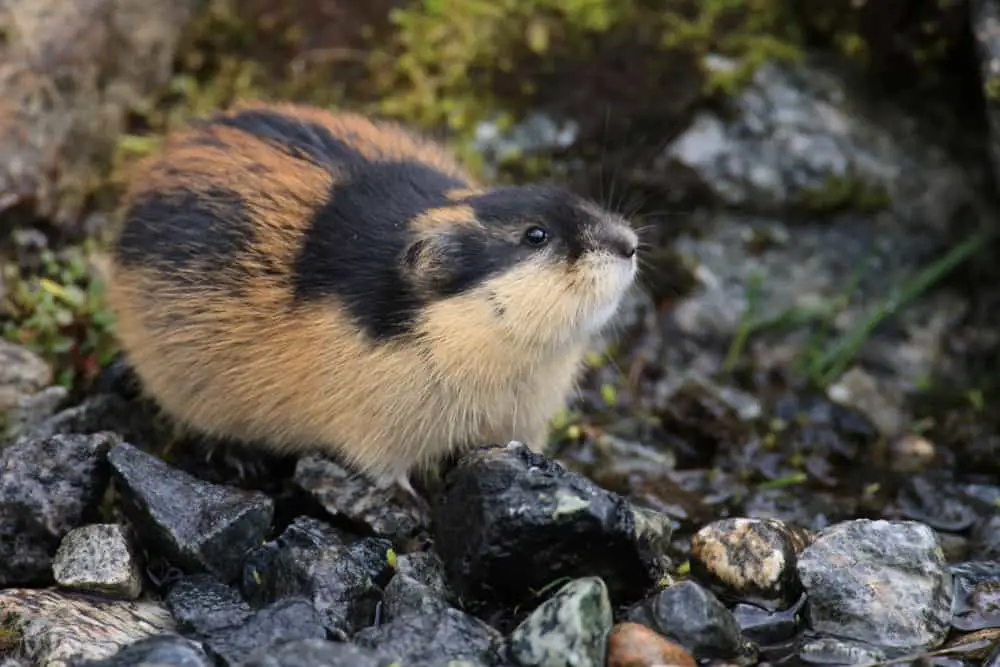
Lemmings are small brown and black rodents found in arctic regions. They are five to seven inches long and have a special claw that allows them to dig through the snow.
In the autumn and winter months, they build tunnels with nests under the snow. When spring comes, they migrate to forests. They feed on grass, berries, and other plants.
Like gophers, they dig elaborate tunnel systems. They will have separate chambers for food storage, living, and excrement.
When threatened, lemmings will try to intimidate predators with aggressive displays of behavior. This is markedly different from gopher behavior, in that their first line of defense is to retreat to a hiding spot.
Beavers
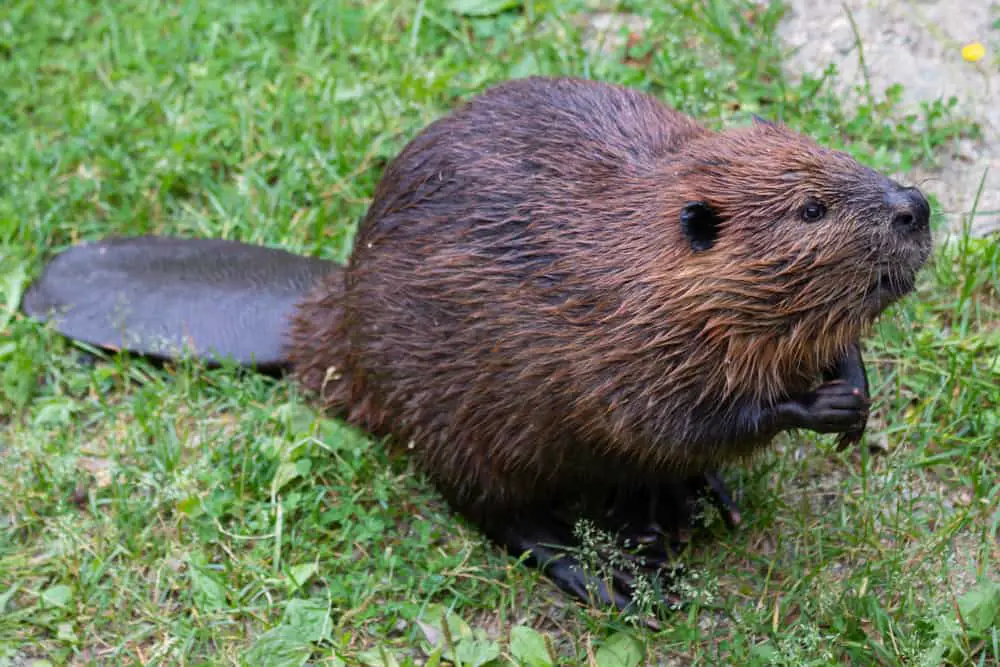
Preferring temperate climates, beavers are widespread throughout the Northern Hemisphere. They are the second-largest member of the order Rodentia, weighing between 24 and 66 pounds in adulthood.
Being semi-aquatic, their coats are adapted to provide extra warmth and help them stay afloat. They also have webbed hind feet and a distinctive flat tail.
Although beavers are from the same taxonomic order as gophers, the two don’t share many characteristics outside of a similar body shape and color. Beavers do dig burrows along riverbanks.
More commonly, they construct lodges across waterways using tree limbs and sticks scavenged from nearby. Beavers are excellent swimmers. They can hold their breath underwater for up to 15 minutes.
Capybaras
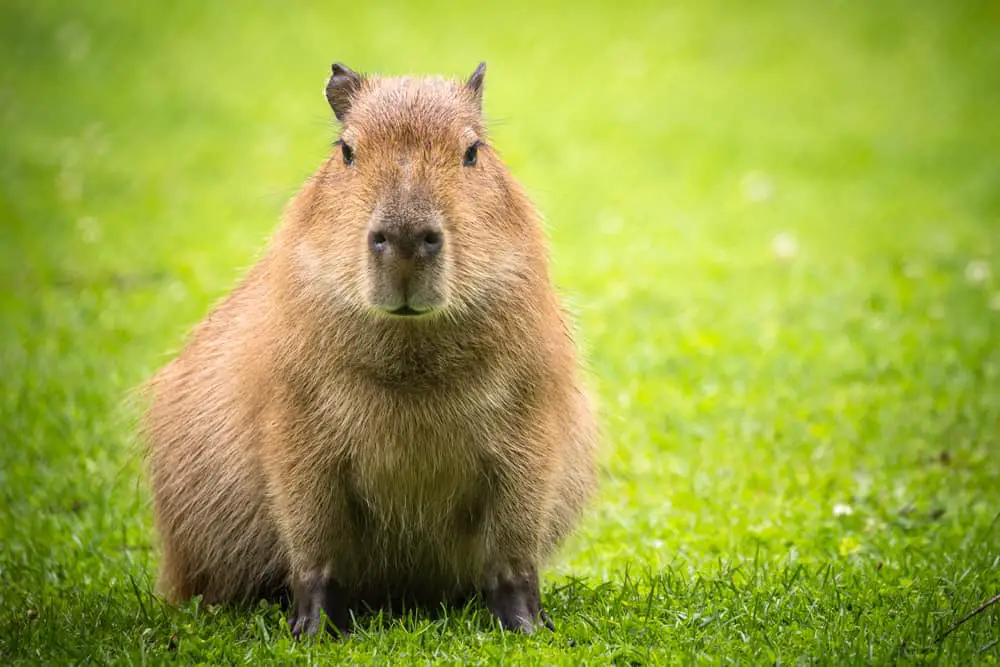
Capybaras are the largest mammals of the order Rodentia. They grow to be three or feet long and two feet tall. Adults can weigh as much as 140 pounds.
They are distinguishable by their large size. Being semi-aquatic, capybaras have webbed feet. Natïve to South America, they live in close proximity to rivers, streams, and ponds.
They share the gopher’s diet classification of herbivore. Capybaras eat green plants and grasses, as well as fruit. As with gophers, farmers consider them pests. In some areas, they are even hunted for their meat and skins.
Capybaras are not subterranean dwellers like gophers. Instead, they live above ground in forests, flooded savannas, and rainforests. They are highly social, living in large groups of 10 or more.
Chinchillas
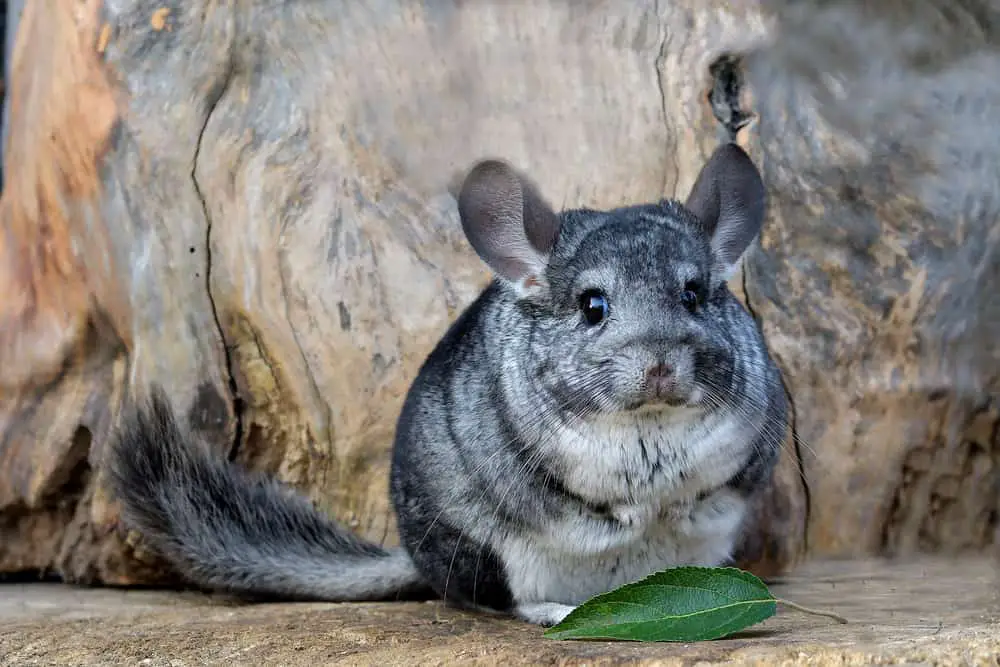
Chinchillas hail from the Andes’ Mountain range. Today, they are mostly bred in captivity and the only known wild herds are in Brazil. They are listed as an endangered species by the International Union for Conservation of Nature.
Best known for their thick, velvety fur, chinchillas are about 12 inches long and weigh an average of one pound. They come in a range of colors, from light grey to brown to white.
In the wild, chinchillas are mostly nocturnal. Like gophers, they prefer to spend their day in dens. They mostly eat grasses, plants, and seeds but sometimes supplement their diet with small insects as well.
Instead of digging large burrows, chinchillas den in naturally occurring rock crevices. They are popular pets and can live up to 20 years.
Gundis

Gundis are also called Comb Rats because of the dense bristles on their hind feet. They are native to the northern parts of Africa in desert habitats.
They are opportunist den makers, taking advantage of natural rock outcroppings and cliffs. Adults are around six inches long and covered in thick fur.
Gundies and gophers are classified in the same taxonomic order and both eat green vegetation. However, gundis do not drink water. They get all of the moisture they need through the plants they consume
They live in large groups of up to 100 other animals. Instead of aggressively defending themselves as gophers do, gundis play dead.
Hutias

Hutias are medium-sized rodents native to the Caribbean Islands. They weigh around six pounds and measure one foot long. Some species are as heavy as 16 pounds.
They are sometimes called Banana Rats because of the shape of their droppings. In Cuba, they are considered a food source and eaten by locals. Their closest relative is the Nutria.
Hutias have the same type of long, hairless tails as gophers. An important difference is that hutia’s tails are prehensile. Their diet consists of plant roots and tubers, although one type is known to eat small animals.
Although they have large claws, they do not burrow like gophers. Hutias are terrestrial but spend most of their time in trees. They nest in the limbs, hollow trunks, and roots of trees or in rock crevices.
Pacaranas
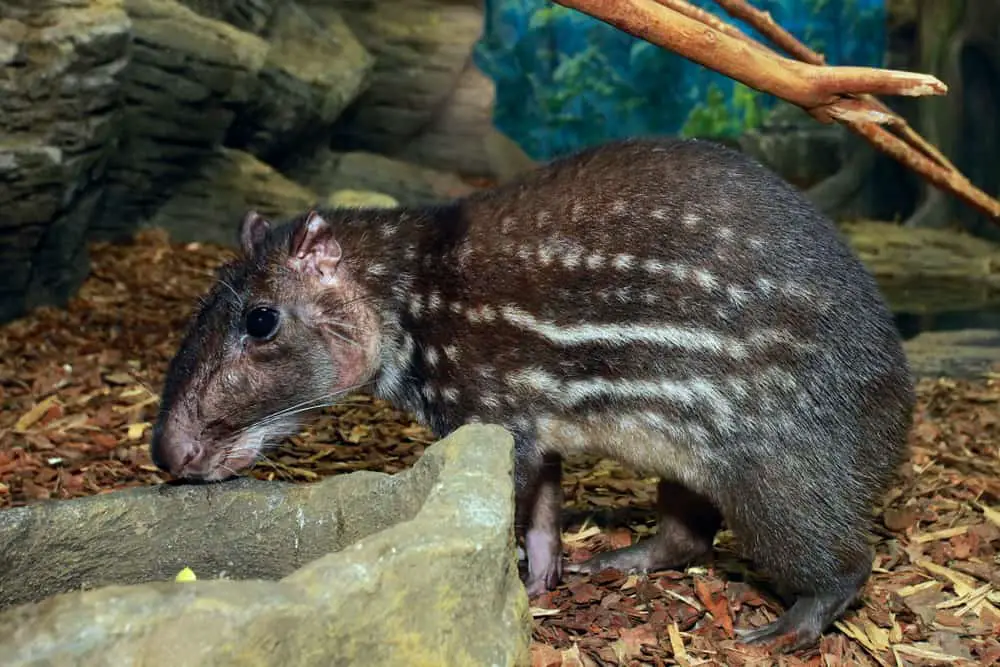
The Tupi natives of South America call pacaranas “false paca” because they look very similar to pacas. However, they are not in the same taxonomical family. Belonging to the monotypic taxon family Dinomyidae, they are the only living species in this group.
Their habitat range is from the western Amazon Basin to Venezuela, Columbia, and Bolivia. They prefer grasslands and tropical forests with plenty of vegetation for foraging.
Like gophers, they sit on their hind legs and hold food in their front paws while eating. They also verbally communicate the same way gophers do- using high pitch noises and teeth grinding.
Instead of being subterranean burrowers, pacaranas dig dens at the base of trees and rocks. They live in groups of four or five and are slow-moving, sedentary animals.
Voles
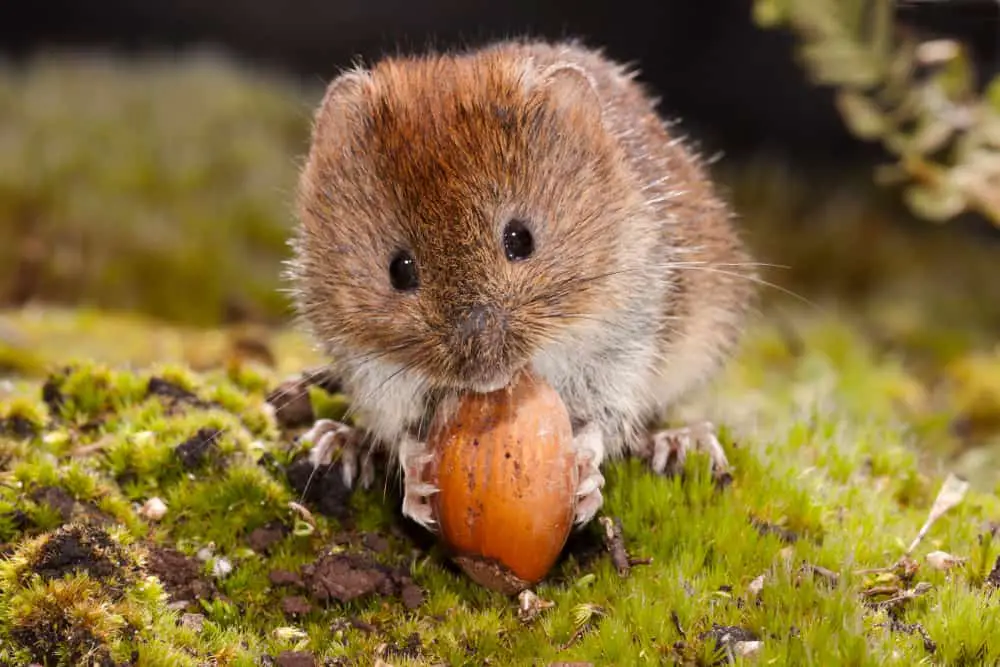
In the United States, vols are commonly referred to as field mice. They are very small, measuring between three and nine inches. There are 155 species of voles throughout the world.
Voles have very short lifespans, usually no more than three to six months. They reach sexual maturity within a month of birth. They can adapt to live almost anywhere.
Voles and gophers both dig tunnels for food storage and nesting. They share a reputation for being garden pests. Because they also eat the same things, people often confuse the two.
A key difference between them is that vols look like hamsters. They make much smaller tunnels, with burrow entrances only being about an inch wide.
Coypus
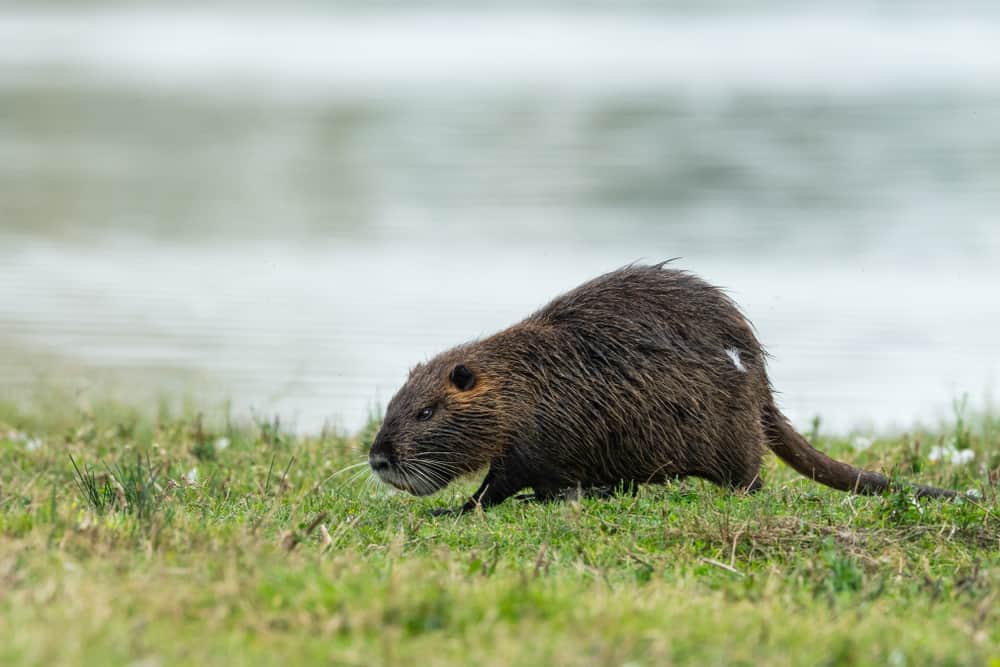
Copypus are native to South America. Thanks to the thriving 1940s fur trade, they are now found on almost every continent except for Antarctica and Africa. They are semi-aquatic rodents and live along waterways.
Due to their affinity for water, they are sometimes called “River Rats.” Except for the tail, they physically resemble beavers. They are voracious eaters, consuming nearly 25 percent of their body weight in plants.
Like the gopher, they burrow. Their tunnels can be complex and nearly 15 feet long. They are also nocturnal and spend their days tucked away in dens.
Because they live in and around water, coypus have physical adaptations that gophers don’t possess. Special webbing between their toes helps them swim. They also have skin flaps over their eyes and nose that allows them to stay submerged for up to ten minutes at a time.

